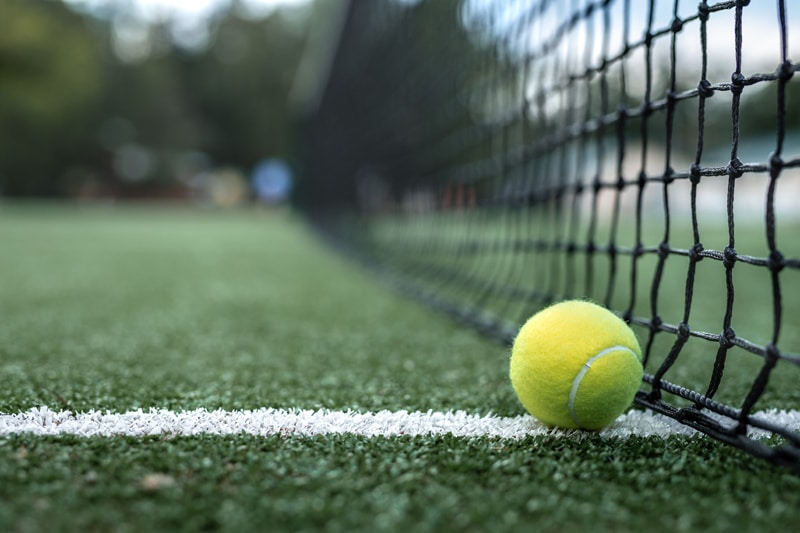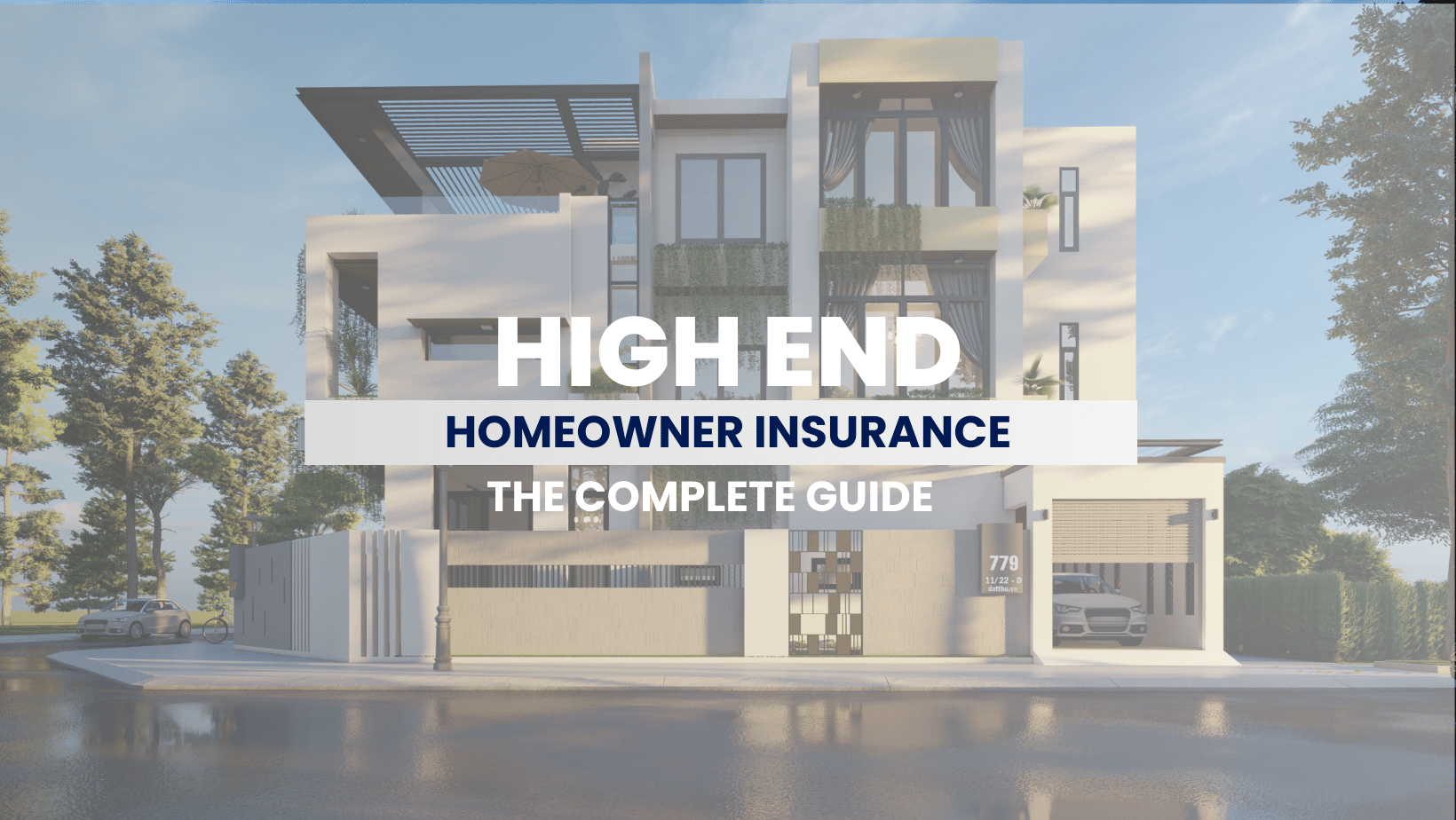For homeowners with a bit of space and an active lifestyle, a tennis court, a basketball court, or even a squash court can be the perfect way to bring some of their favorite activities within easy reach for a morning game. Your home itself is covered for most common risks — but does homeowners insurance cover your tennis courts, basketball courts, squash courts or other sports courts?
Part of the coverage question depends on where the courts are built. Four different coverages can come into play on your home insurance policy, depending on where your courts are located:
Coverage A, Dwelling Coverage: Provides “replacement cost” coverage for your home, including any courts you’ve built inside your home.
Coverage B, Coverage for Other Structures: Provides “replacement cost” for unattached buildings, like courts built in other buildings on your property, and provides “actual cost value” coverage for other structures that aren’t enclosed buildings, like outdoor courts.
Coverage C: Personal Property Coverage: Provides coverage for your belongings in your home or that are stored on your courts, which may include equipment, etc. In many cases, coverage amounts are based on the age of your personal property.
Coverage E: Personal Liability Coverage: Provides coverage against legal liability for family members in your household, including spouses and children. Of the various coverages that may apply to your tennis courts, basketball courts, or squash courts, liability insurance is the one you’ll want to examine the closest because the potential losses can be high if someone is injured on your courts.
Because the types of courts fall under different coverage sections on your home insurance policy, coverage for indoor courts can vary from the coverage for outdoor courts in some notable aspects.
Courts inside your home
If your courts are built inside your home, you’ll enjoy the same coverage you have for the rest of your home. Coverage A on your homeowners insurance will pay to repair or rebuild your home when damage due to covered peril — a risk — such as fire, vandalism, or certain types of water damage. With the exception of the roof, coverage for your home’s structure is typically covered on a Replacement Cost Value (RCV) basis, meaning there is no deduction for the age of the structure. However, there is usually a deductible, which is the part of the claim you pay and which helps keep your homeowners insurance affordable.
Courts separate from your home
If your tennis courts, basketball courts, or squash courts are built inside a separate building on your property or outdoors, coverage for the courts is provided through Coverage B on your home insurance policy. Coverage B specifically covers “other structures”, meaning structures that are on your property but which are detached from your home. The covered risks for other structures often parallel the perils covered for your home itself but there are some important considerations.
Coverage B has a separate coverage limit from Coverage A. Most insurers set this coverage at a default coverage amount that is a small percentage of the coverage for your home. It’s important to review your coverage limits for Coverage B (other structures) if you’ve made improvements to your property or if the default coverage amount is too low. Sometimes, homeowners make improvements without making their insurer aware or adjusting their policy, unknowingly creating a situation in which the property is underinsured.
Replacement cost coverage applies to other buildings on your property, which means the insurer will pay up to coverage limit to repair or replace the building for covered claims, subject to your deductible and the coverage limits you’ve chosen. Roofs for other structures are often covered for a lesser amount due to wear and tear.
Outdoor courts
Coverage B also applies to outdoor courts. However, some caveats apply. Outdoor courts are covered by Actual Cash Value coverage as opposed to Replacement Cost Value coverage. This means that your courts are covered for an amount that can change over time based on wear and tear due to age. Perils covered for your home or other structures still apply to your outdoor courts, such as fire, vandalism, or falling objects, like trees or large branches. There are, however, some additional risks to consider, some of which are covered and some of which aren’t covered by a home insurance policy.
Liability coverage for your tennis or basketball courts
Damage to your courts, if you have a loss, is likely to be in the thousands or tens of thousands to repair. Liability risks, however, can be much higher. If someone is injured on your property and you’re found to be liable, the award for damages can be massive because the damages can include expenses such as lost wages in addition to medical expenses. Fortunately, your liability coverage on your homeowners insurance policy can cover these expenses as well as pay for your legal defense in many cases.
You’ll want to review your liability coverage with your agent regularly to be sure your policy provides the protection you need. Many homeowners choose to purchase an umbrella policy to extend higher liability limits affordably. Even careful people can be sued and improvements like basketball courts, tennis courts, or pools can be attractive to neighborhood kids — and potentially a place where they can get hurt.
Personal property coverage for your courts
Coverage for the actual structure is separate from the coverage for your personal property. Equipment that you use at your courts or personal belongings you keep at the court are covered by Coverage C on your homeowners insurance policy. This is a part of your policy you’ll want to review with your agent to be sure you have adequate coverage and to understand some of the coverage limitations.
In many cases, homeowners insurance policies provide coverage for most personal property on an “Actual Cash Value” basis, which means the coverage amount is depreciated over time. A tennis ball machine that cost $10,000 when new is likely to be covered for a lower amount due to age. Like most consumer items, its value goes down with time.
It may be possible to purchase an endorsement to your policy (an addon) that can provide enough coverage to replace your personal property in a covered claim. You’ll also want to review your coverage limit for all personal property. As you acquire more belongings, it’s possible to “outgrow” your total coverage limit. A policy review with your agent will provide you with the opportunity to make any coverage adjustments you need to make.

Is settling covered?
A standard homeowners insurance policy excludes “land movement”, which includes settling, earthquakes, and sinkholes that might damage your courts. Settling is one of the leading causes of damage to outdoor courts in particular where rainwater can soften or erode the ground under the court. Homeowners should inspect the courts regularly for signs of cracking, crumbling, or settling to minimize risk to family and visitors.
Also, be sure to speak with the contractor who builds your courts to understand what warranties apply and what steps you need to take in regard to maintenance and upkeep.
Wear and tear is excluded for your courts
Your home insurance policy excludes damage due to wear and tear. Outdoor courts and roofs that are subject to the elements aren’t built to last forever. Much like your auto insurance doesn’t pay for a new car when your old car breaks down, homeowners insurance doesn’t cover wear and tear to your home or other structures on the “residence property”. You can think of your home insurance policy as providing coverage for “sudden and accidental” damage. In almost all cases, damage that occurs over an extended period won’t be covered.
Roofs receive special treatment on most home insurance policies. So if your courts are in a separate building or inside your home, damage to the roof over your courts is often covered according to a depreciation schedule that reduces the insured value of your roof over time. This is true even if the damage to the roof is sudden and accidental, like damage from a falling tree or from a fire.
Business use isn’t covered
If you have a home office, it’s likely that you’re covered for many types of losses — with some limitations — but business use of your property isn’t covered by a home insurance policy. If you use your courts commercially in any way, you’ll want to discuss coverage options with your agent to be sure you have the coverage you need. Business-related liability is a particular concern. If a business associate or client is injured at your home while engaged in business activity, you may not be covered without purchasing an added endorsement or a policy specifically for your business.
NFIP flood insurance
Water can be beautiful — and it can be among the most destructive forces on earth. It is possible to purchase flood insurance to provide some protection for your home but a flood insurance policy purchased through the National Flood Insurance Program (NFIP) won’t cover damage to your outdoor tennis courts, basketball courts, or Squash Courts.
Flood coverage for indoor courts may be limited as well — or even denied — due to strict maximum coverage limits for NFIP policies. Consider the potential cost of rebuilding on your own if you choose to build courts at your home. Many risks to your courts are covered but some risks, like floods or surge, aren’t covered by either your home insurance policy or an NFIP flood insurance policy.
Recent changes in NFIP rules make it easier for homeowners to choose another flood insurance provider, so this might be a great opportunity to find out if a flood policy from a private insurer can provide better or more affordable protection.








